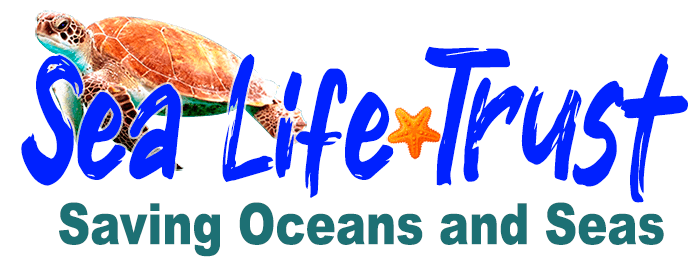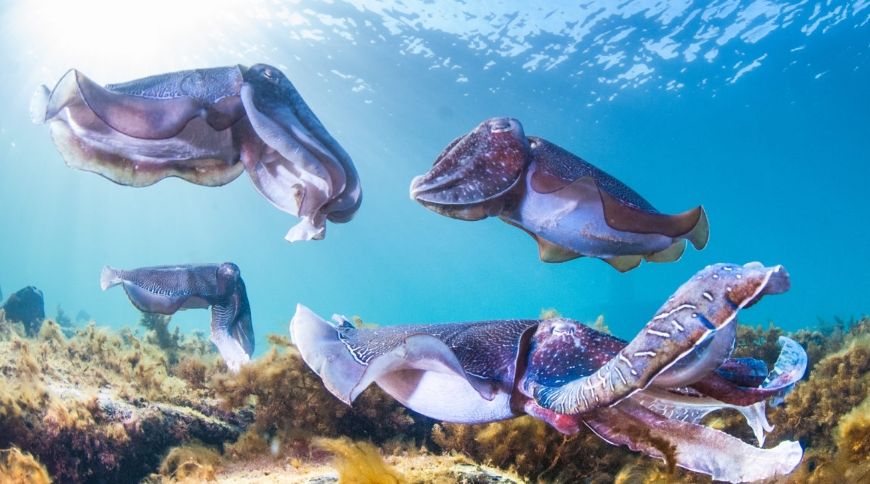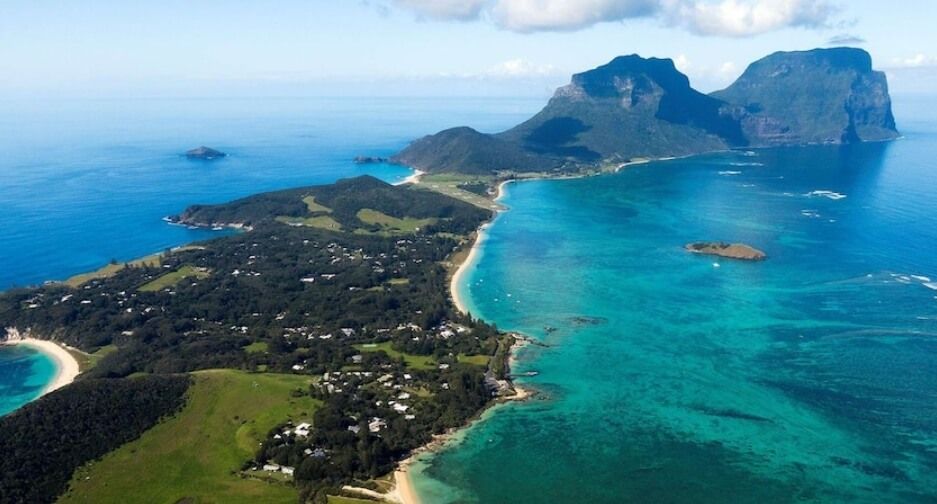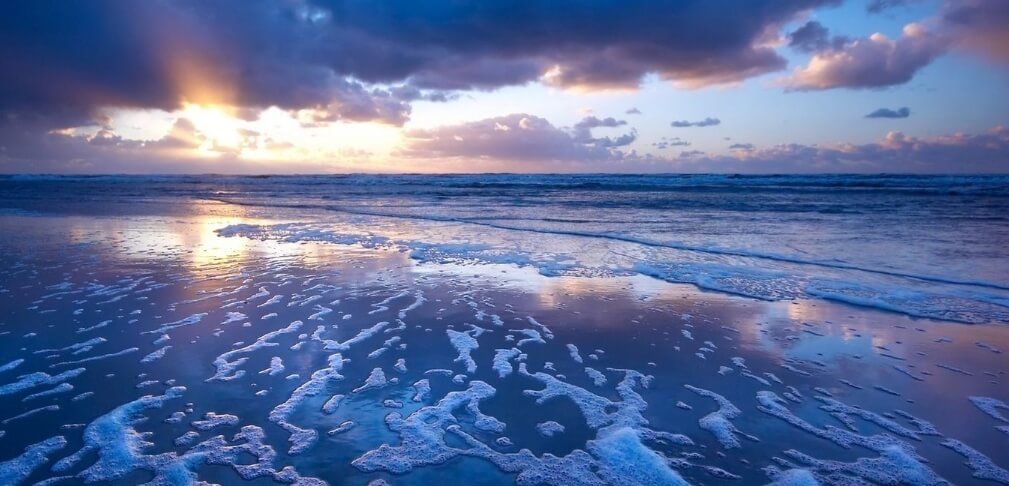A Breathtaking Natural Event Witnessed by Researchers Andi Cross & Janine Barker
Having lived in Australia for five years and immersed myself in its oceanic environment, it was inevitable that I would hear stories about South Australia. Splitting opinions, half the people I engaged with were captivated by this oceanic realm, while the other half was apprehensive about it. Strikingly, many of them had never actually experienced it. For a lot of individuals, the notion of “everything’s larger in Australia” held true, and venturing into the water alongside massive marine creatures wasn’t their preferred activity. Yet, for us, it’s precisely what I thrive on.
It was during this time that I stumbled upon a unique phenomenon that exclusively unfolds in the untamed waters of South Australia: the mating season of the giant cuttlefish. Each winter, an impressive number of up to 250,000 cuttlefish journey here to spend the colder months, securing the continuation of their legacy. While the specific timeframe of a season’s commencement and conclusion varies slightly within a few weeks, it is generally consistent year after year. An objective was to pinpoint the ideal period within the ‘cuttlefish season’ and traverse from Australia’s western coast to the southern coast for a firsthand diving experience.
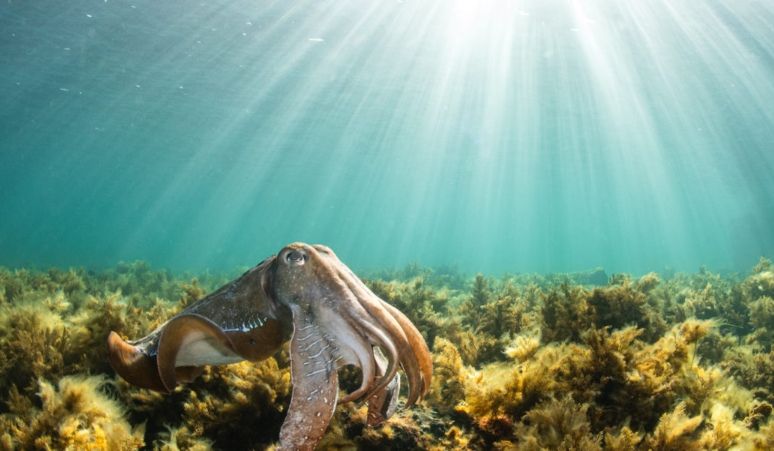
The giant cuttlefish, the largest within its species, can reach impressive dimensions, with mantle lengths spanning from 50 to 60 cm (20-24 in), and occasionally even surpassing 80 cm (31 in). It is the remarkable size, abundance, and widespread presence that render the gathering along the South Australian coast particularly awe-inspiring. While giant cuttlefish can be encountered in other regions, such as various parts of southern Australia, the shores of Whyalla stand as the sole documented site worldwide where the captivating phenomenon of the giant cuttlefish mating aggregation transpires.
Similar to many extraordinary natural experiences, reaching the destination demands a strong resolve. The winter period during which the cuttlefish engage in their mating rituals brings about rough seas and chilly waters. Embarking on the extensive journey from Port Lincoln to Upper Spencer Gulf, we navigated through the night, and as dawn broke, it was time to prepare ourselves for the adventure ahead.
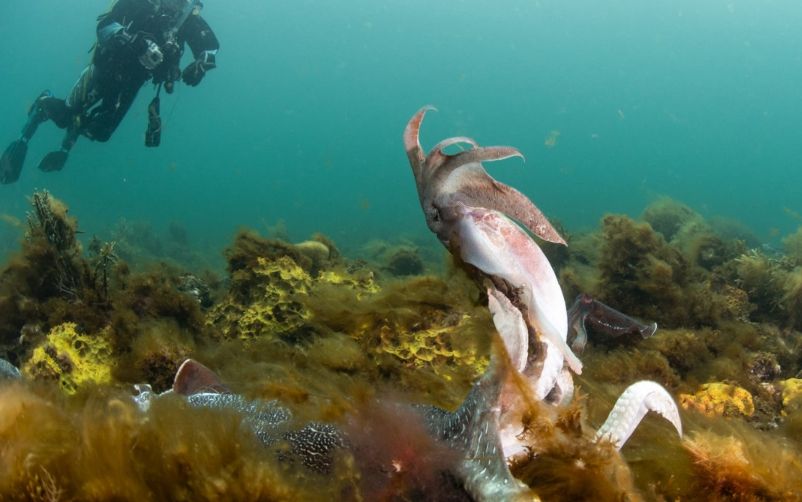
Exiting the dinghy with a backward roll into the five-meter-deep water, dressed in a combination of a 3mm wetsuit, 7mm wetsuit, and a waterproof heating vest, we were advised to adopt a “wait and observe” approach. Recognizing that nature operates on its own schedule, there was a definite possibility that we might not witness the anticipated spectacle during this dive. At least, that’s what I initially believed.
Right after I entered the water, I found myself surrounded by around 30 to 40 cuttlefish, their graceful movements indicating they paid no attention to our presence. These immense creatures seemed to be on a definite mission. The males, in particular, were in their prime mating mode, showcasing their vibrant displays of courtship and prowess right before our eyes.
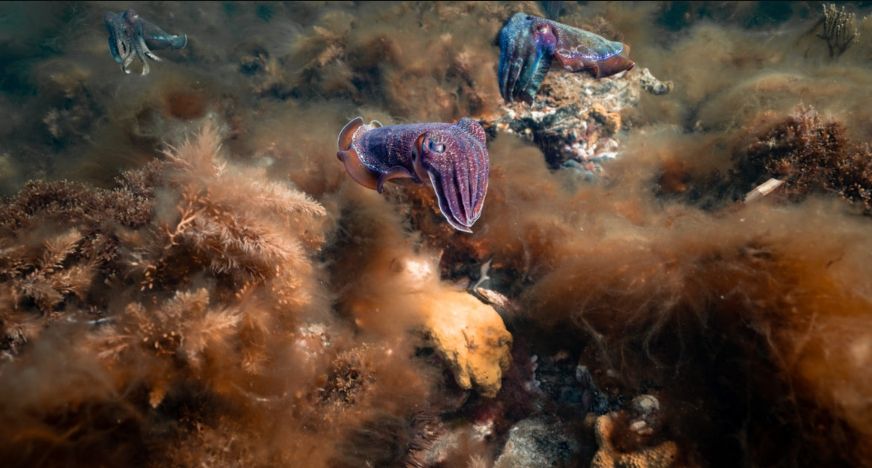
Referred to as the ocean’s ‘chameleons’, the male cuttlefish were turning the crystal-clear waters into a living canvas of vivid colors. Adorned in stunning patterns and shades, they performed intricate courtship dances to captivate potential mates. Swift shifts in color, combined with mesmerizing motions and complex poses, acted as visual messages to the females and signals of rivalry to other males. However, there’s a trade-off – the remarkable displays by the males come at the cost of their physical well-being over the season.
An inherent imbalance between the male and female populations contributes to fierce competition among the male cuttlefish for the attention and mating opportunities with available females. The scarcity of receptive females intensifies the rivalry and aggression among the males. In response, male cuttlefish employ a range of mating tactics to enhance their chances of reproductive success. These tactics include chasing away rival males and asserting dominance through rapid zebra-like color changes, a behavior known as ‘strobing.’ This involves swift color shifts and physical confrontations. Additionally, some smaller males adopt a deceptive approach by disguising themselves as females, concealing their prominent feeding tentacles and opportunistically seeking mating opportunities with females, even in the presence of larger males engaged in territorial disputes.

Male cuttlefish are dedicated to safeguarding and monopolizing access to females for mating purposes. They often engage in actively defending territories to ensure exclusive mating opportunities with receptive females. This competitive behavior is rooted in their innate drive to propagate their genetic material and enhance their chances of reproductive success. The environment can be highly competitive and challenging for these creatures.
Amidst all the efforts required for successful mating, including the utilization of their specialized arm known as a hectocotylus to transfer sperm to females, the mating process can take a toll on male cuttlefish. As they invest significant energy in reproduction, males often experience a gradual decline in health. This results in weakened stamina, exhaustion, weight loss, and visible signs of physical deterioration over time.

The precise causes behind their post-mating decline are not entirely comprehended, yet it is hypothesized to be linked to physiological shifts, hormonal imbalances, and the substantial energy depletion during reproduction, a period coinciding with reduced food intake. Consequently, giant cuttlefish generally have a lifespan of under two years.
While diving, I had an otherworldly sensation as I cautiously trailed the cuttlefish through their breeding territory. In every direction, an array of cuttlefish in various sizes navigated the rocky reef and traversed the seaweed-covered surroundings. Some were nestled in holes, fulfilling their life cycle, while others engaged in confrontations to secure mating dominance. It was an extraordinary spectacle, unlike anything I had ever experienced, making the challenging journey completely worthwhile.
Witnessing such a remarkable phenomenon on this scale inevitably prompts contemplation about the evolving state of our planet. Can we anticipate access to such wonders in the future? Will the cuttlefish continue to inhabit this particular corner of the ocean? What steps can we take to guarantee the ongoing prosperity of such a magnificent creature?
The giant cuttlefish population confronts a range of challenges, such as habitat deterioration and excessive fishing. Vigorous conservation endeavors are essential to safeguard the enduring existence of these extraordinary beings. The mating season underscores the significance of conserving their native environment and promoting understanding about their ecological importance, particularly in the context of diving.

While there are no established protocols and rules for diving or snorkeling alongside giant cuttlefish, it’s crucial to prioritize their welfare whenever we enter their habitat. This entails being considerate of photography practices, refraining from dragging equipment along the seafloor, and avoiding the pursuit of giant cuttlefish during their peak mating period. Such behaviors do not contribute to the preservation of these remarkable beings in the long run.
In South Australia, several organizations and individuals have dedicated years to advocating for the distinctive nature and ecological significance of the cuttlefish congregation, along with the vital need to safeguard their environment. One notable figure is Professor Bronwyn Gillanders, Deputy Dean of Research and Deputy Executive Dean at The University of Adelaide, who is at the forefront of cuttlefish research. Her team is engaged in various projects that encompass ecological and environmental shifts, holistic marine management, population dynamics and connections, cephalopod biology, ecology and fisheries, as well as opportunities linked to coastal carbon.
Andrew Fox, proprietor and captain of the liveaboard where I was residing, annually guides scientists and divers to the Gulf to encounter the cuttlefish phenomenon. Renowned for his expertise on great white sharks, he’s also a proficient authority on the South Australian seas as a whole. With almost four decades dedicated to navigating, capturing images, and researching these untamed waters, his wealth of knowledge extends to the entire spectrum of marine life in this secluded corner of the globe.

In the domain of giant cuttlefish and their captivating mating season, the commitment and enthusiasm of those who have dedicated their professional lives to understanding these intriguing beings are truly noteworthy. From esteemed professors and researchers to enthusiastic ecotourism guides and adept photographers, these individuals hold a pivotal role in enabling others to directly experience the enchantment of the cuttlefish mating season.
Through such unwavering commitment to preserving, reviving, and safeguarding the waters of South Australia, a chance emerges to craft exceptional and conscientious encounters. This permits individuals from diverse backgrounds to partake in the awe of the cuttlefish mating season, subsequently conveying the significance of conservation to those around them. By offering meticulously supervised and sustainable chances for visitors to witness and value these innate events, a profound bond between humans and nature is nurtured.
Our experience diving alongside giant cuttlefish served as a poignant reminder of the significance in conserving our natural marvels and the inherent worth of comprehending and shielding the intricate equilibrium within our ecosystems. Absent formal safeguards for cuttlefish and their surroundings, coupled with the combined endeavors of those leading the way in conservation, both I and fellow observers wouldn’t have had the opportunity to personally witness this astonishing spectacle.
